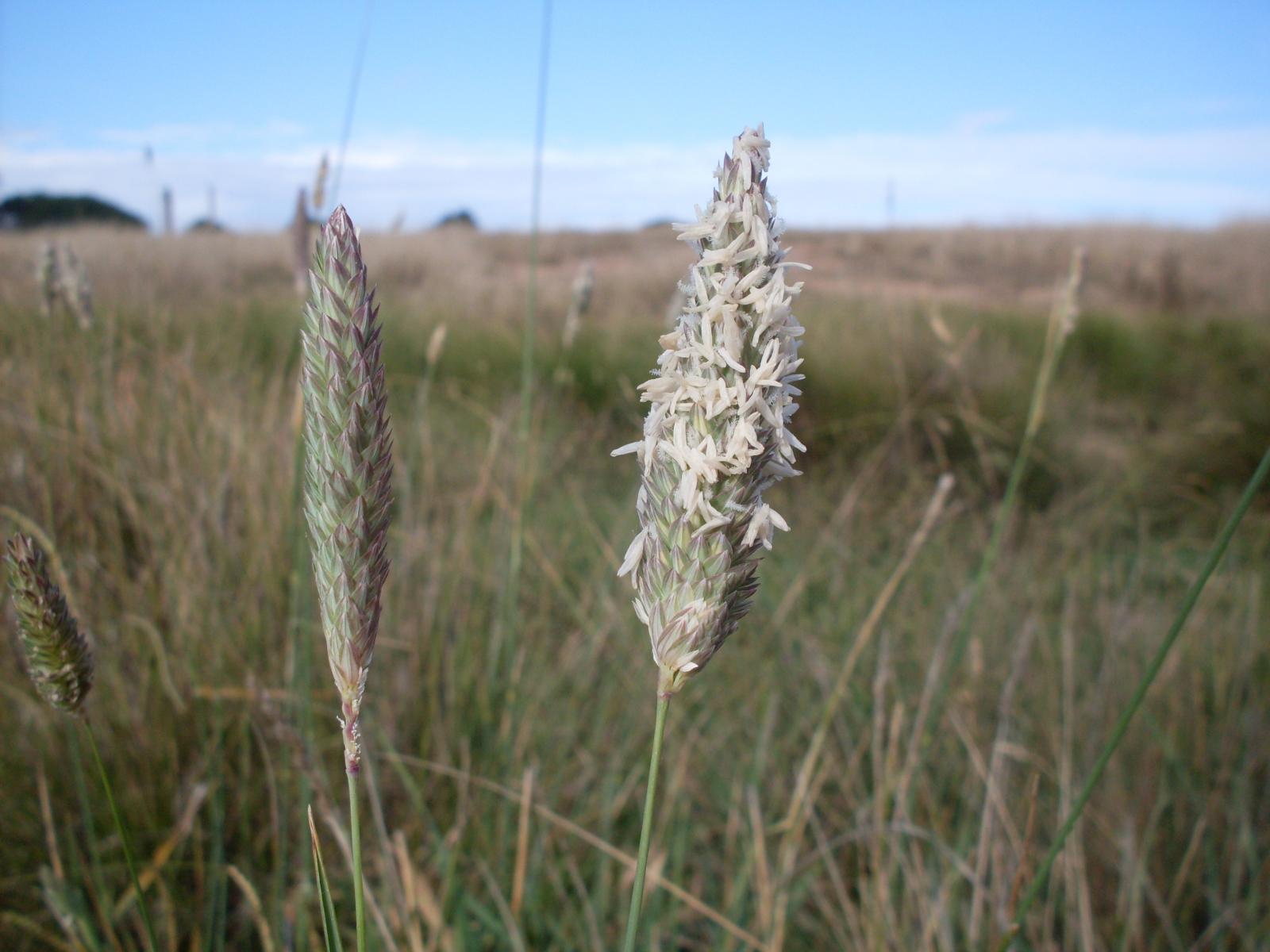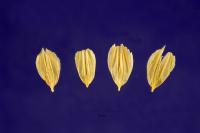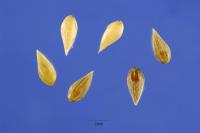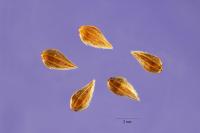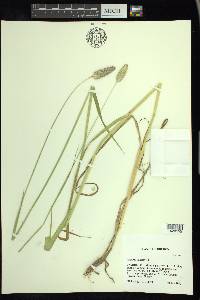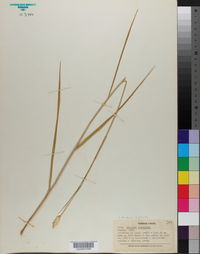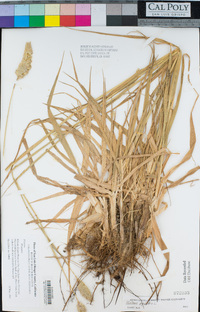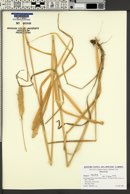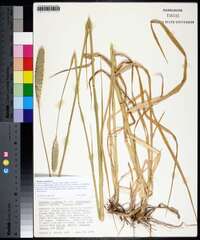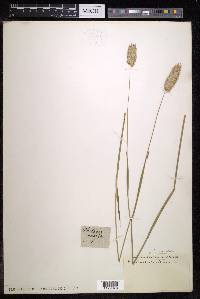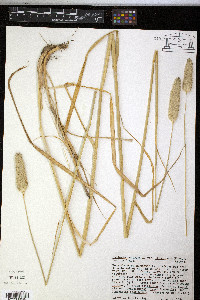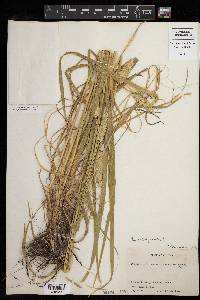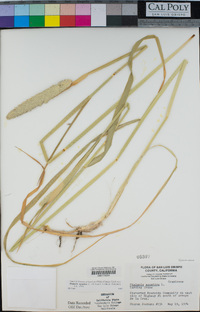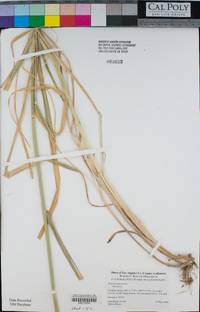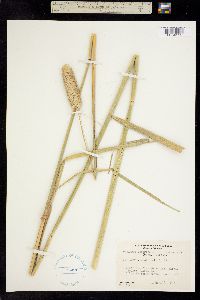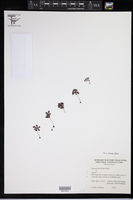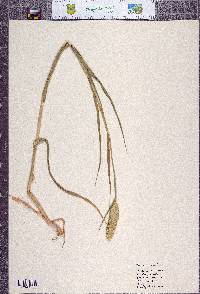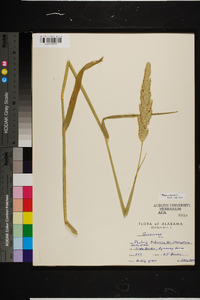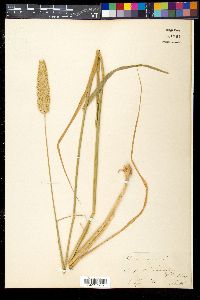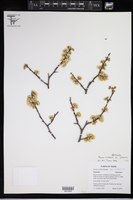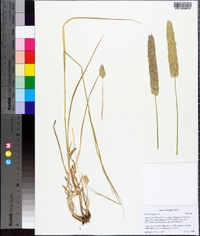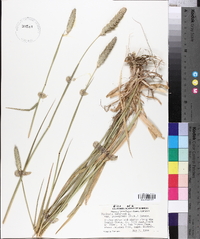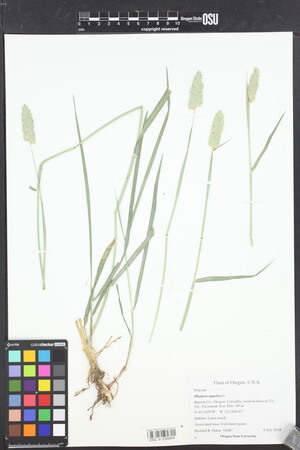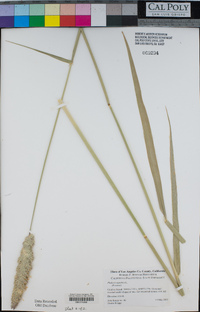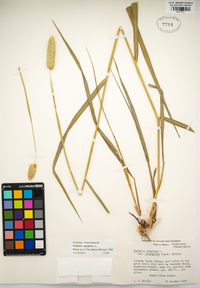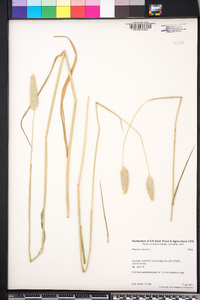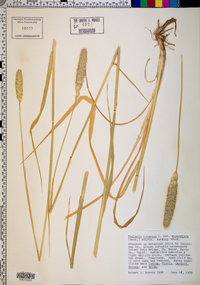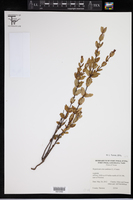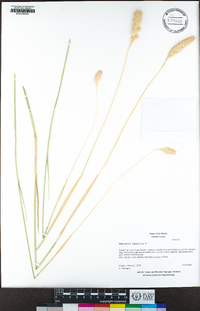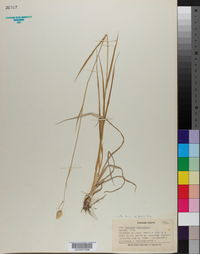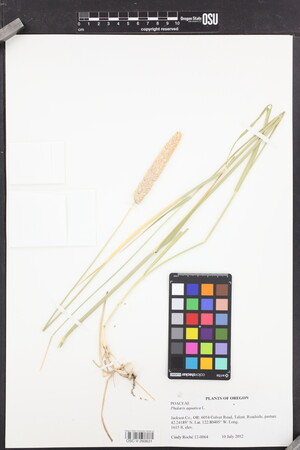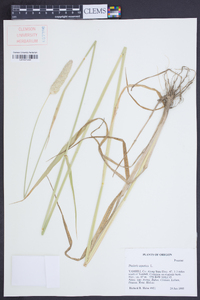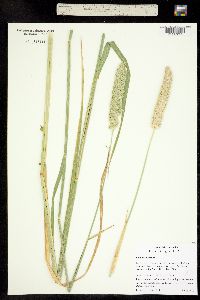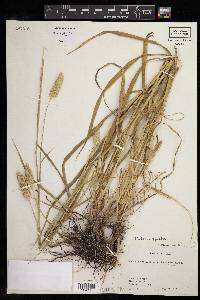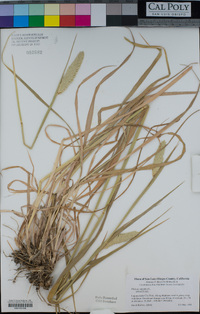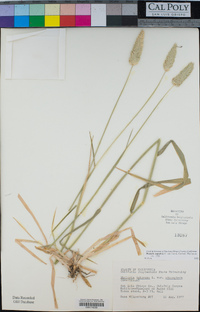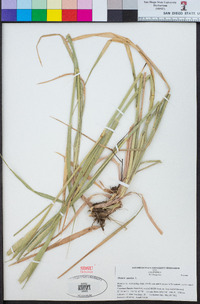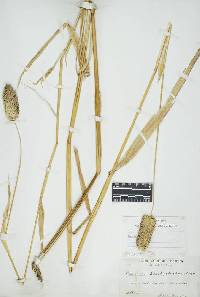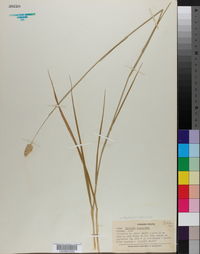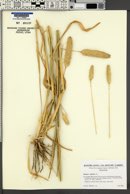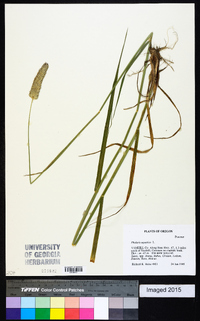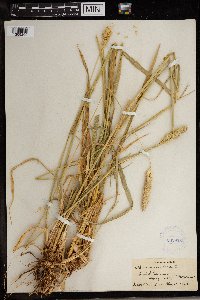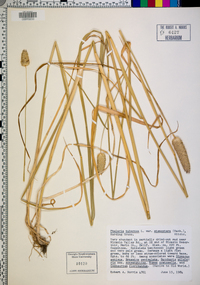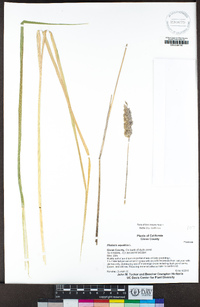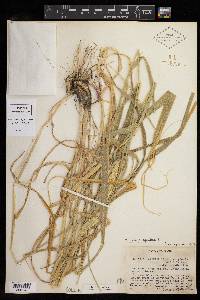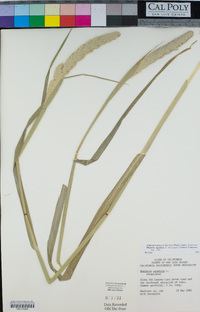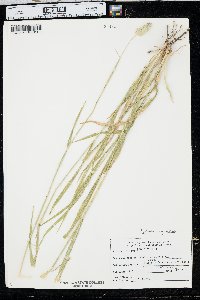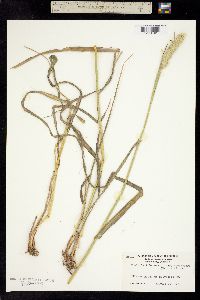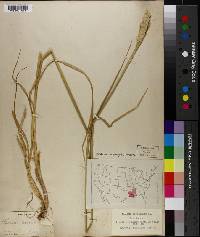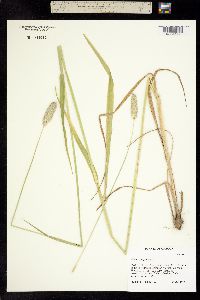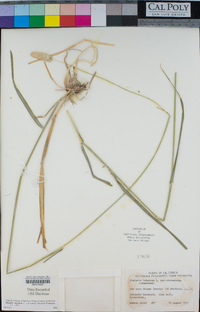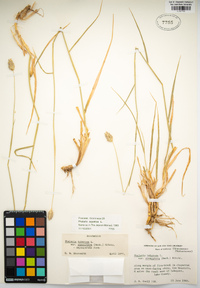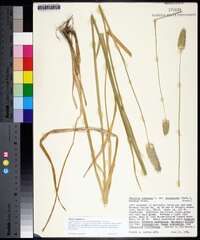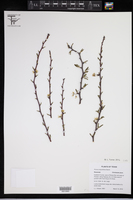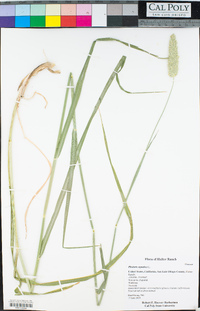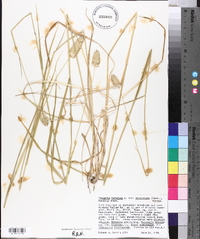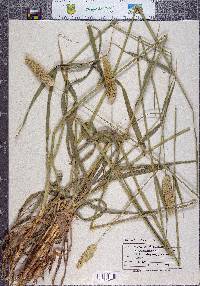
|
|
|
|
Family: Poaceae
bulbous canarygrass, more...Harding Grass, Hardinggrass
[Phalaris altissima Menezes, morePhalaris aquatica var. aquatica L., Phalaris aquatica var. stenoptera (Hack.) Burkart, Phalaris bulbosa var. alata (Trab.) Maire & Weiller, Phalaris bulbosa var. clausonis (Maire & Trab.) Maire & Weiller, Phalaris hirtiglumis (Trab.) Baldini, Phalaris nodosa , Phalaris nodosa var. minor Lojac., Phalaris stenoptera Hack., Phalaris tuberosa L., Phalaris tuberosa var. alata Trab., Phalaris tuberosa var. clausonis Maire & Trab., Phalaris tuberosa var. hirtiglumis Batt. & Trabut, Phalaris tuberosa var. stenoptera (Hack.) A.S. Hitchc., Phalaris tuberosa var. tuberosa L.] |
Plants perennial; cespitose, shortly rhizomatous. Culms 60-200 cm, often swollen at the base, rooting at the lower nodes. Ligules 2-12 mm, truncate, lacerate; blades 5-15(20) cm long, 0.5-10 mm wide. Panicles 1.5-15 cm long, 1-2.5 cm wide, usually cylindric, sometimes ovoid, occasionally lobed at the base, the spikelets borne individually, not clustered; branches not evident. Spikelets homogamous, all spikelets with a bisexual floret; florets 2-3(4), occasionally with 2 bisexual florets, occasionally the terminal floret viviparous; disarticulation above the glumes, beneath the sterile florets. Glumes 4.4-7.5 mm long, 1.2-1.5 mm wide, keels winged distally, wings 0.2-0.4 mm wide, usually entire, lateral veins conspicuous, smooth; sterile florets usually 1, if 2, the lowest floret much the shorter, to 0.7 mm, the upper or only sterile floret 1-3 mm, pubescent; bisexual florets 3.1-4.6 mm long, 1.2-1.5 mm wide, pubescent, stramineous, acute; anthers 3-3.6 mm. 2n = 28. A native of the Mediterranean region, Phalaris aquatica now grows in many parts of the world, frequently having been introduced because of its forage value. Even where it is native, it usually grows in disturbed areas, often those subject to seasonal flooding. It is now established in western North America, being most common along the coast, and as an invasive in disturbed wet prairies with clay soils. Phalaris aquatica can hybridize with other species of Phalaris. The stabilized polyploid hybrid with P. minor, P. ×daviesii S.T. Blake, is cultivated as a forage grass in Australia, Africa, and South America. The hybrid with P. arundinacea, P. ×monspeliensis Daveau, is also a good forage grass. Although the name 'Toowoomba Canarygrass' has been applied to Phalaris ×monspeliensis in North America, Ross (1989) states that it should be applied to P. aquatica. The English language name used here is more descriptive of the species and is the name used by the U.S. Department of Agriculture for P. aquatica. FNA 2007 Common Name: bulbous canarygrass Duration: Perennial Nativity: Non-Native Lifeform: Graminoid General: Tufted perennial, shortly rhizomatous with stems 60-200 cm, often swollen at the base and rooting at the lower nodes. Vegetative: Blades 5-15 cm long, 0.5-10 mm wide, with lacerate to truncate ligules 2-12 mm. Inflorescence: Cylindric to ovoid panicles 1.5-15 cm long, 1-2.5 cm wide, occasionally lobed at the base, spikelets borne individually, not clustered, branches not evident; all spikelets with a bisexual floret, florets 2-3, disarticulation above the glume, beneath the sterile florets; glumes 4.5-7.5 mm long, 1-1.5 mm wide, keels winged distally, entire, lateral wings conspicuous, smooth, usually 1 sterile floret, lowest much shorter. Ecology: Found in disturbed areas, especially in areas that are prone to seasonal flooding Notes: Uncertain if this species exists outside of cultivation. There is a single notation of this species being found at Tuzigoot NM, which is feasible given the marsh area was long a dairy farm and could easily have seen introduction of this species. Ethnobotany: Unknown Etymology: Phalaris is from Greek phalaros, having a patch of white, crested, or phalos, shining, bright, white, while aquatica means found in water, or relating to water. Synonyms: Phalaris stenoptera, Phalaris tuberosa, Phalaris tuberosa var. hirtiglumis, Phalaris tuberosa var. stenoptera Editor: SBuckley, 2010 |

